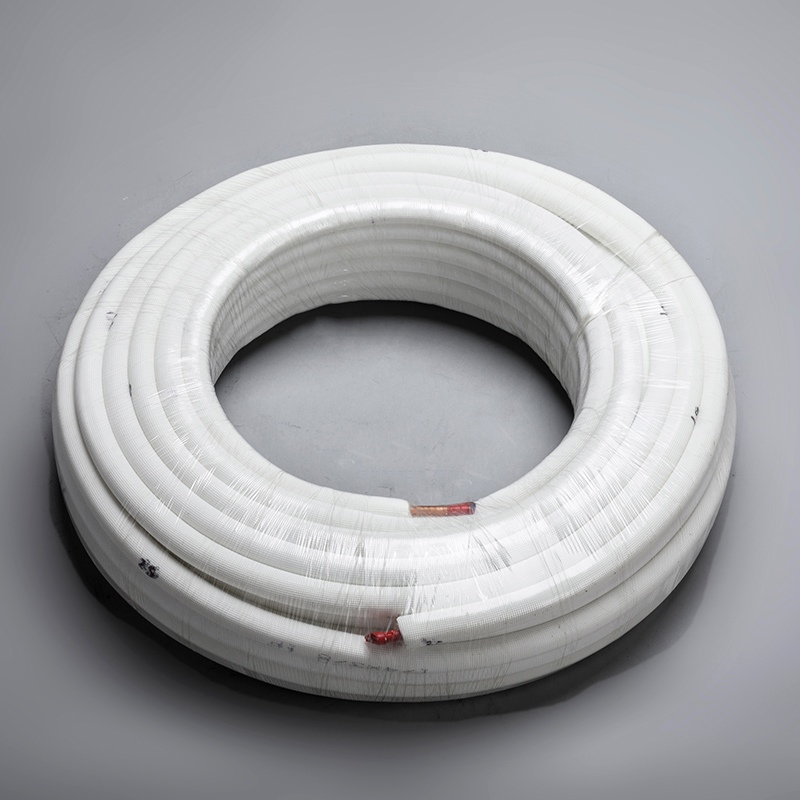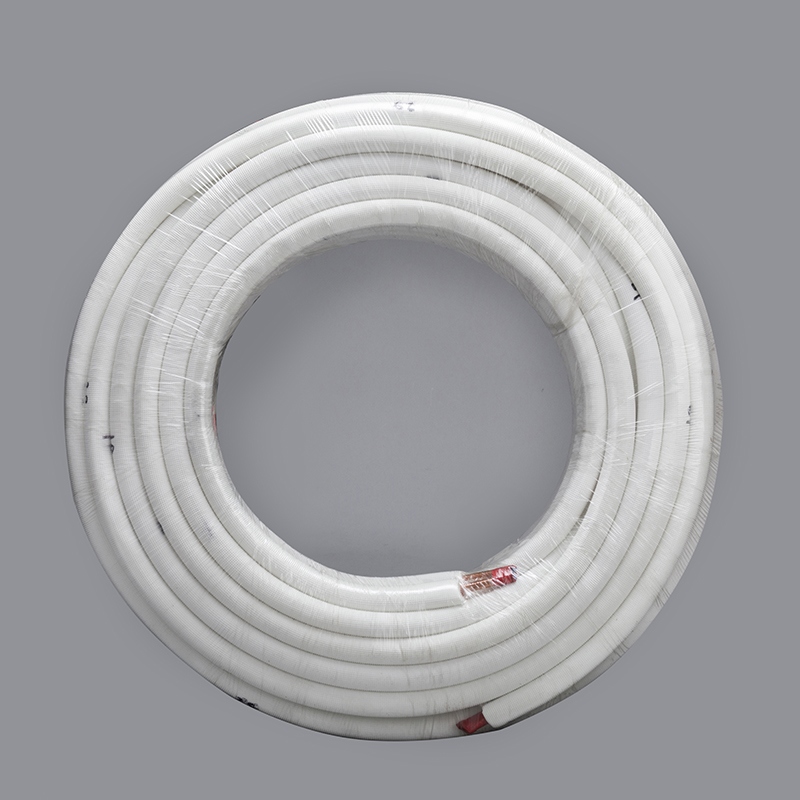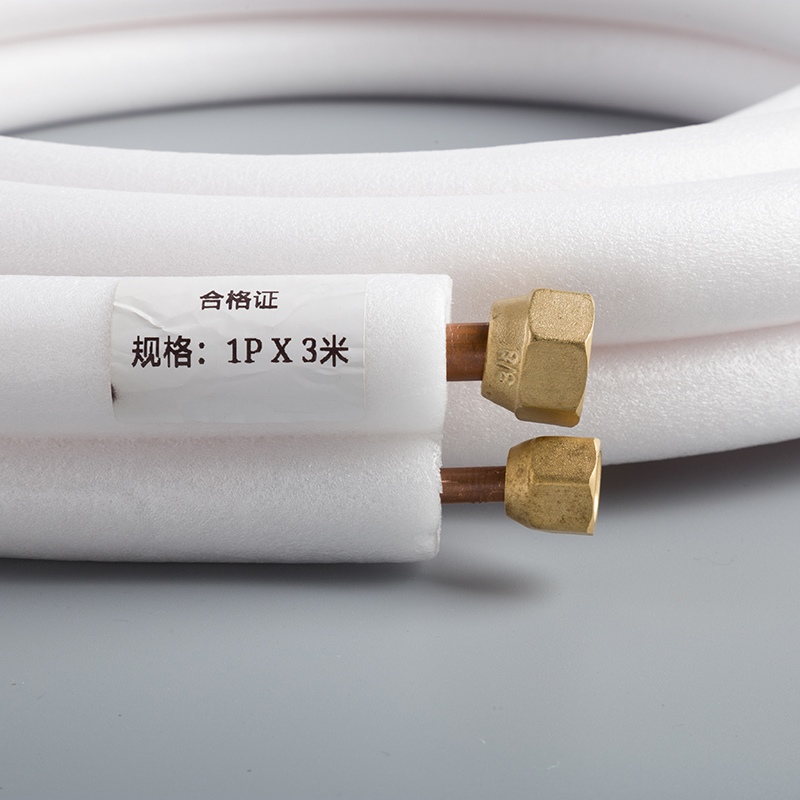Master Soldering: Easy Tips for 1 1/2 Copper Pipes

When it comes to plumbing, soldering copper pipes plays a crucial role in ensuring secure and leak-free connections. In this blog, readers will delve into the art of soldering 1 1/2 copper pipes with ease and precision. From preparing the pipes to mastering the soldering process, this guide covers it all. Before diving in, understanding the significance of using the right materials and tools is key to a successful project. Let's explore the world of threaded copper pipe, Type L copper pipe, and various types of copper pipe together.
Preparing the Pipes

To begin the process of preparing the pipes for soldering, it is essential to ensure that they are clean and free from any debris or contaminants. This meticulous step sets the foundation for a successful soldering job that will withstand the test of time.
Cleaning the Pipes
When it comes to cleaning the pipes, there are two crucial methods that can be employed to achieve pristine surfaces ready for soldering:
Deburring the Edges
One effective way to prepare the pipes is by deburring the edges. This involves removing any rough or uneven edges from the cut copper pipe using a deburring tool. By smoothing out these edges, you create a clean surface that promotes a secure bond when soldered.
Using Sandpaper for Cleaning
Another method for cleaning the pipes involves utilizing sandpaper to remove any remaining burrs or imperfections. Gently sanding the ends of the copper pipe ensures a smooth finish, allowing for optimal adhesion during the soldering process.
Choosing the Right Pipe
Selecting the right pipe is paramount in ensuring a successful soldering job. Understanding different types of copper pipes can help you make an informed decision based on your specific plumbing needs:
Type L Copper Pipe
Type L copper pipe is a popular choice among plumbers due to its durability and versatility. Its medium thickness makes it suitable for various applications, including water supply lines and heating systems.
Types of Copper Pipe
Apart from Type L, there are other types of copper pipe available, each with its unique characteristics and applications. Exploring these options can help you determine which type best suits your project requirements.
Fitting the Pipes
Once you have selected and cleaned your pipes, it's time to focus on fitting them together seamlessly:
Threaded Copper Pipe
Utilizing threaded copper pipe fittings can simplify the installation process by providing a secure connection that minimizes leaks. Ensuring a tight fit between pipes is crucial for maintaining structural integrity and preventing future issues.
Ensuring a Tight Fit
By paying attention to detail and confirming that all connections are snug and aligned correctly, you pave the way for a successful soldering experience that results in reliable plumbing systems.
Soldering Process

When it comes to soldering copper pipes, the process involves meticulous steps to ensure a secure and lasting connection. Understanding the role of flux is crucial in preparing the joint for solder application.
Applying Flux
Importance of Flux
Flux plays a vital role in reducing surface oxides on copper pipes, which can hinder proper solder adhesion.
It also helps in preventing oxidation, ensuring a clean surface for the solder to bond effectively.
By reducing surface tension, flux promotes better flow of the solder into the joint, creating a strong connection.
How to Apply Flux
Begin by cleaning the pipe joint thoroughly to remove any dirt or debris that may interfere with the flux application.
Using a flux brush, apply a thin and even layer of flux around the joint area where solder will be applied.
Ensure that the flux covers all surfaces that will come into contact with the solder, promoting uniform adhesion.
Heating the Joint
To achieve a successful soldered joint, proper heating is essential to melt the solder and create a secure bond between the pipes.
Using a Torch
When heating the joint, use a propane torch with a flame spreader attachment for even heat distribution.
Move the torch in a circular motion around the joint to evenly distribute heat and prevent overheating in one specific area.
Ensuring Even Heat Distribution
Maintain a consistent distance between the torch flame and the joint to prevent overheating or underheating.
Rotate the pipe slowly while applying heat to ensure that all sides receive equal warmth for proper solder flow.
Adding the Solder
Once the joint is adequately heated, adding solder correctly is crucial for creating a strong and leak-free connection.
Holding Solder Opposite Flame
Hold solder wire on the opposite side of where you are applying heat using pliers or another tool.
This allows the solder to melt uniformly as it comes into contact with the heated joint, ensuring complete coverage.
Allowing Solder to Flow
Slowly feed the melted solder into the heated joint while maintaining steady pressure on the solder wire.
Allow the molten solder to flow around the entire circumference of the pipe, filling any gaps and creating a solid bond.
Tips and Tricks
Safety Tips
Wearing Protective Gear
When engaging in a soldering project, wearing protective gear is paramount to safeguard oneself from potential hazards. Prioritize safety by donning essential equipment such as safety goggles, heat-resistant gloves, and a flame-retardant apron. These protective measures shield the body from splattering solder and prevent burns or injuries during the soldering process.
Working in a Ventilated Area
Ensuring that you are working in a well-ventilated area is crucial for maintaining good indoor air quality and minimizing exposure to harmful fumes produced during soldering. Proper ventilation helps dissipate noxious gases emitted when heating the solder, promoting a healthier work environment. Open windows or use exhaust fans to facilitate air circulation and reduce the risk of inhaling potentially hazardous vapors.
Common Mistakes
Overheating the Joint
One common mistake to avoid when soldering copper pipes is overheating the joint. Excessive heat can lead to several issues, including damaging the pipe, causing leaks, or compromising the integrity of the joint. To prevent overheating, regulate the torch flame intensity and maintain a consistent distance between the flame and the joint. By exercising caution and controlling the heat application, you ensure a successful soldered connection without overheating complications.
Using the Wrong Solder
Selecting the appropriate type of solder is critical for achieving durable and reliable soldered joints. Using the wrong solder composition can result in weak bonds, leaks, or even contamination of potable water sources. Prioritize lead-free solder for applications involving drinking water systems to adhere to safety standards and protect water quality. Always verify that you are using compatible solder suitable for copper pipes to guarantee secure connections that meet plumbing regulations.
From repairing home appliances to creating custom cables and working on circuit boards, soldering plays a crucial role in various applications. It is essential to stay updated on the latest standards for soldering safety practices. Always pay attention to your surroundings and handle the soldering iron tip with care. Safety is paramount when working with molten metal. Remember, precautions ensure a safe and enjoyable soldering experience. As you practice your skills, prioritize safety measures to protect yourself and others around you. Stay safe, be cautious, and enjoy the art of soldering!
See Also
Top 5 Tips for Handling Unusual 1/2' Copper Tubing
Key 5 Tips for Utilizing 1/4 Copper Tube Connectors
Steer Clear of These 5 Errors in Copper Pipe Soldering


